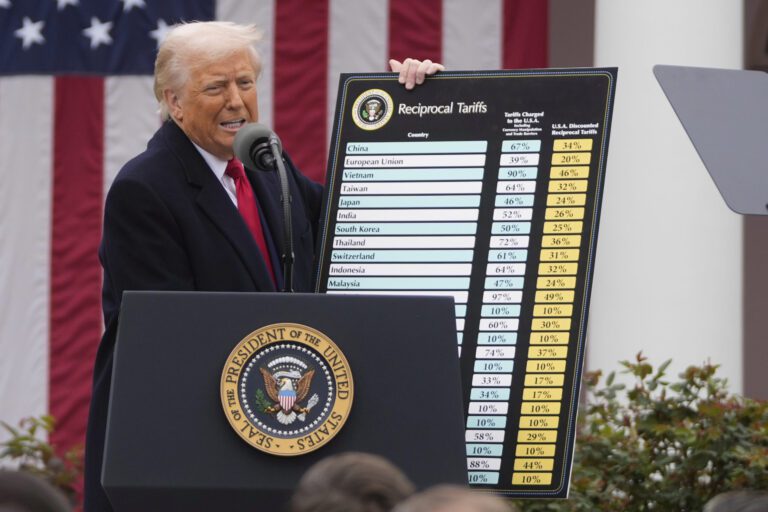New Tariff Rates Loom as Trade Agreements Progress
As the August 1 deadline approaches, American officials are optimistic about new tariff rates, following a recent accord with the European Union (EU). If trade agreements are not finalized this week with 166 nations, tariffs could surge significantly.
Progress on Trade Negotiations
Despite a handful of agreements reached so far, including with several Asian countries—namely, the Philippines, Indonesia, and Vietnam—the urgency is palpable. Notably, the United Kingdom has also secured a deal, showcasing a mix of global cooperation amidst complexities.
Key Developments:
-
U.S.-China Negotiations: Chinese and American diplomats are currently engaged in high-level talks in Stockholm, the third round intended to forge stronger trade ties. Recent news reports from Asia suggest discussions are likely to extend the current pause for negotiations by three months.
- Singapore Summit: U.S. Commerce Secretary Howard Lutnick stated on Fox News Sunday that there will be “no extensions or grace periods” as the tariffs are set to be enforced from August 1.
The Impending Tariff Hike
Lutnick emphasized that tariffs first announced in April will take effect unless negotiations yield satisfactory results. He noted,
“The tariffs will go into place. Customs will start collecting the money and off we go.”
However, continued discussions may still unfold as authorities aim to negotiate terms, particularly with larger economies.
Legal Challenges Ahead
The imminent tariff rates are not without controversy. The U.S. Court of Appeals for the Federal Circuit is slated to hear a pivotal case challenging the legal grounds upon which these tariffs were imposed.
- Key Legal Issues:
- Plaintiffs argue that the national concerns cited, such as the national debt and fentanyl imports, do not constitute a legitimate national threat.
- The administration defends its position by claiming authority to “restore fairness and reciprocity in the Nation’s trade relationships.”
A Historic Deal with the European Union
On Sunday, President Trump announced a substantial agreement with the EU, America’s largest trading partner. This agreement echoes a deal made earlier with Japan and involves:
-
Tariff Structure: The EU will incur a 15% tariff for exports to the U.S., while certain American imports will see a zero tariff rate.
- Investment Commitments: The deal includes provisions for the EU to purchase $750 billion worth of energy from the U.S., alongside an additional $600 billion earmarked for investments, including a yet-to-be-determined amount for military purchases.
Impact on the Economy
Lutnick described this agreement as transformative:
“The European Union is going to open its 20 trillion dollar market and completely accept our auto and industrial standards for the first time ever.”
Nevertheless, even amidst this economic progress, there are concerns that rising tariffs may lead to increased costs for consumers.
- Economic Insights:
- June marked the first budget surplus for the U.S. Treasury since 2015, totaling $27 billion; however, higher tariff rates could complicate this positive trend.
- Famed economist Justin Wolfers argues that while the EU benefits from tax reductions, American consumers may face tax hikes due to increasing costs on imported goods.
Conclusion: Onward with Caution
While some experts like Mark Penn assert that tariffs will not significantly impact inflation, they warn that these protective measures could disrupt the norm of global trade.
- Quote by Mark Penn:
“The president is succeeding in reshaping the global economy by opening new markets and implementing a modest level of protection.”
As negotiations continue, the trade landscape remains dynamic, calling for vigilance and adaptability among stakeholders.
For further insights into international trade policies and economics, visit Brookings Institution or follow economic news at Reuters.
This constantly evolving situation is one that requires close monitoring, as it promises to reshape not only tariffs but also the global economic landscape’s future.


